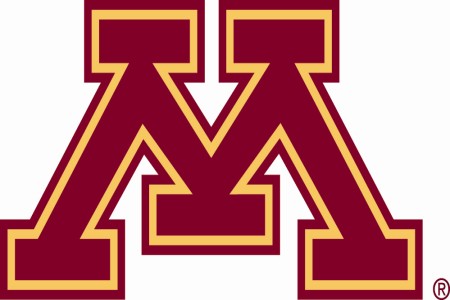Measurement of Arch Motion After Bunion Surgery
| Status: | Completed |
|---|---|
| Conditions: | Orthopedic |
| Therapuetic Areas: | Orthopedics / Podiatry |
| Healthy: | No |
| Age Range: | 18 - 80 |
| Updated: | 4/2/2016 |
| Start Date: | February 2014 |
| End Date: | August 2015 |
| Contact: | Ward M Glasoe, PhD, PT |
| Email: | glaso008@umn.edu |
| Phone: | 612-624-9894 |
First Ray Kinematics Following Lapidus Bunion Surgery: A Fluoroscopic Gait Study
This study is an observational "change from baseline" outcome measures design. Data is
collected for the sake of evaluating treatment (fusion surgery) performed as standard
medical care, but the investigator does not assign specific interventions to any
participants in this study.
collected for the sake of evaluating treatment (fusion surgery) performed as standard
medical care, but the investigator does not assign specific interventions to any
participants in this study.
Device/fluoroscopy measurements of arch motion and questionnaire data will be acquired on 10
women undergoing surgery for bunion, and 10 controls. Surgery will implant hardware to fuse
(stabilize) the arch. Methods will evaluate the patient's problems associated with bunion
and satisfaction with surgery, and assess the effectiveness of surgery in reducing motion of
the arch. The hypotheses are that patients treated with surgery will demonstrate improvement
in function, and that surgery will reduce motion of the arch postoperatively (posttest
measures acquired 6 months after surgery), and in comparison to measures taken on a control
group.
The data collected will come from a comprehensive examination. Methods will include the
measurement of arch motion made by an examiner using a device and a fluoroscopic gait
examination procedure, and completion of two medical questionnaires. The fluoroscopic
acquisition of the digital images will be analyzed across the specified time dimensions of
the gait cycle.
Device and fluoroscopy of measures of arch motion will be made at 2 time points on patients
enrolled in this study: presurgery (baseline) and 6 months postsurgery. The questionnaire
measurements of self-reported pain and function will be made at 4 time points: presurgery
(baseline) and again at 3 months, 6 months, and 12 months postsurgery. Outcome measurements
will be collected on control subjects at one time point only, on the day of their enrollment
into the study.
Prospective studies have not characterized outcomes in patients receiving this type surgical
fusion as part of the corrective treatment for bunion. Results have potential to improve
surgical treatment outcomes and, improve upon the current methods of fluoroscopic motion
analysis.
women undergoing surgery for bunion, and 10 controls. Surgery will implant hardware to fuse
(stabilize) the arch. Methods will evaluate the patient's problems associated with bunion
and satisfaction with surgery, and assess the effectiveness of surgery in reducing motion of
the arch. The hypotheses are that patients treated with surgery will demonstrate improvement
in function, and that surgery will reduce motion of the arch postoperatively (posttest
measures acquired 6 months after surgery), and in comparison to measures taken on a control
group.
The data collected will come from a comprehensive examination. Methods will include the
measurement of arch motion made by an examiner using a device and a fluoroscopic gait
examination procedure, and completion of two medical questionnaires. The fluoroscopic
acquisition of the digital images will be analyzed across the specified time dimensions of
the gait cycle.
Device and fluoroscopy of measures of arch motion will be made at 2 time points on patients
enrolled in this study: presurgery (baseline) and 6 months postsurgery. The questionnaire
measurements of self-reported pain and function will be made at 4 time points: presurgery
(baseline) and again at 3 months, 6 months, and 12 months postsurgery. Outcome measurements
will be collected on control subjects at one time point only, on the day of their enrollment
into the study.
Prospective studies have not characterized outcomes in patients receiving this type surgical
fusion as part of the corrective treatment for bunion. Results have potential to improve
surgical treatment outcomes and, improve upon the current methods of fluoroscopic motion
analysis.
Inclusion Criteria:
- Age 18 or older.
- Women.
- Able to comprehend the risks associated with the study.
- Able to complete the paperwork required for enrollment.
- Able to walk without assistance of another individual.
Exclusion Criteria:
- Pregnancy
- History of great toe, forefoot or arch surgery, or severe traumatic injury.
- Reduced ankle or great toe motion that impairs the ability to walk.
- Observed evidence of foot deformity other than bunion.
- Insensate to skin sensation testing which could indicate neuropathy.
We found this trial at
1
site
Univ of Minnesota With a flagship campus in the heart of the Twin Cities, and...
Click here to add this to my saved trials
